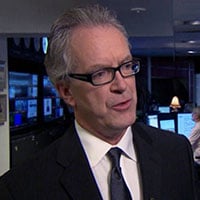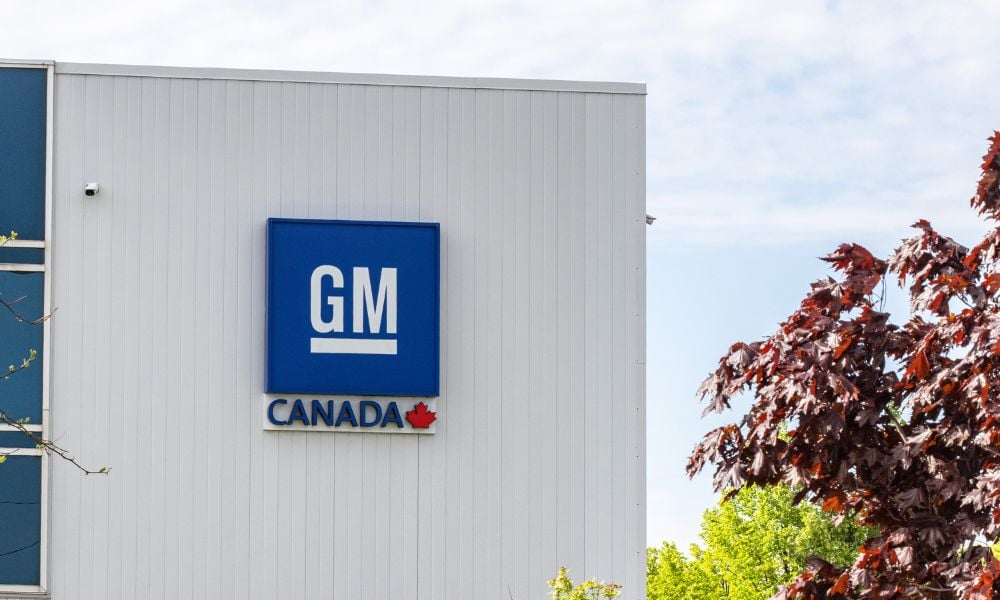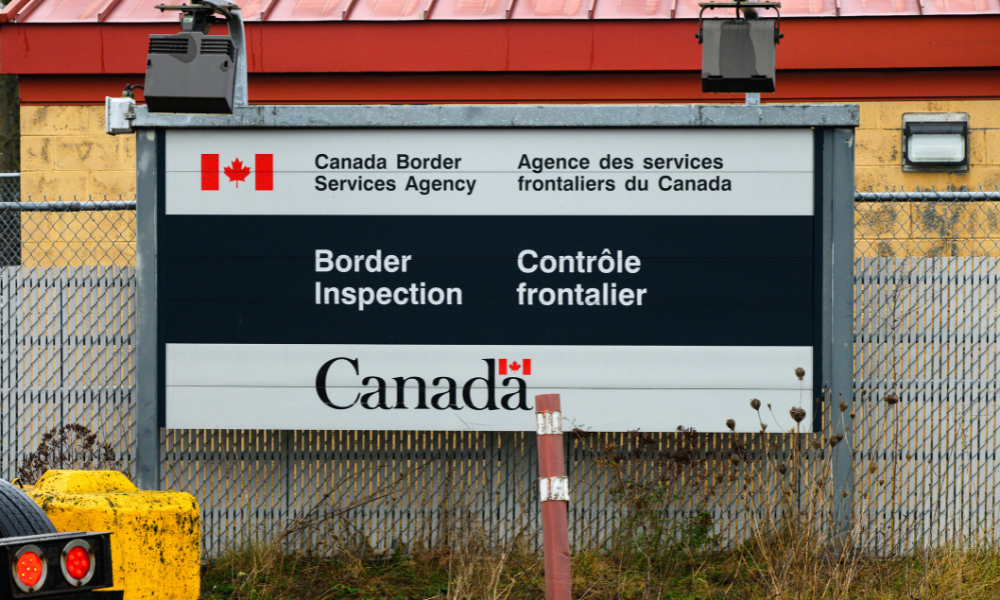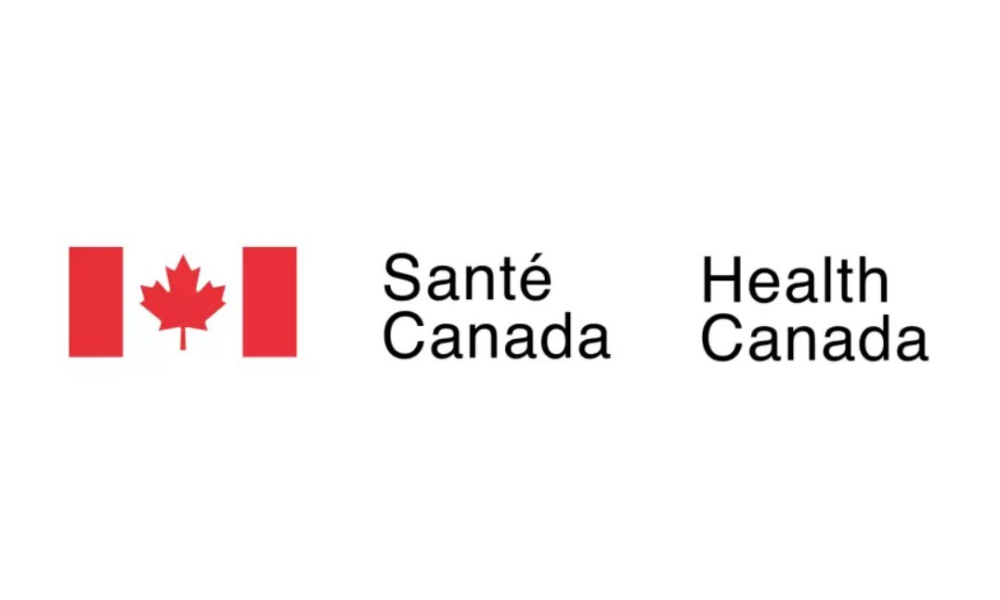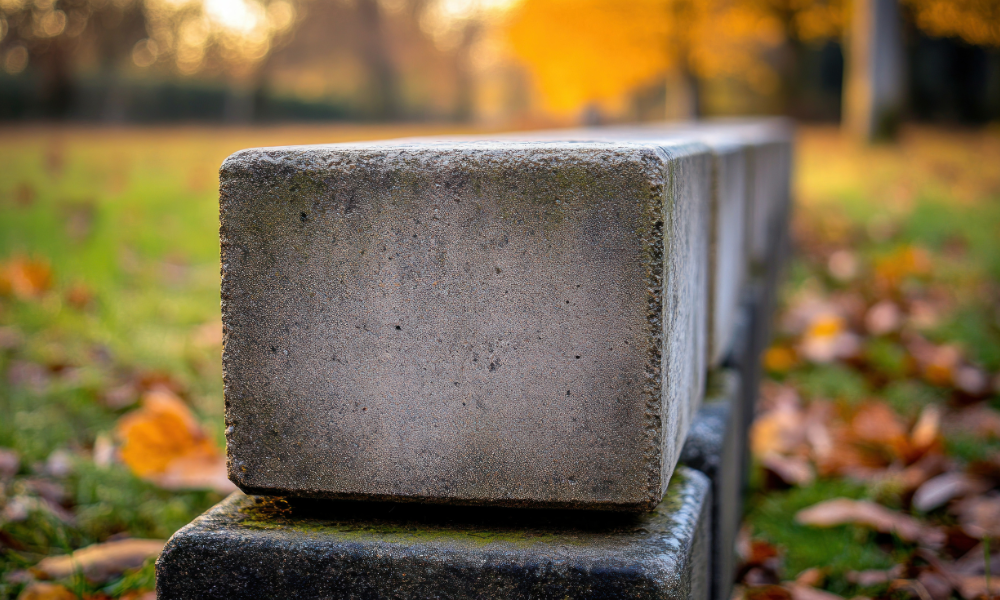'Any persons wishing to use the UV in the BSCs must receive training on the following safe work practices'
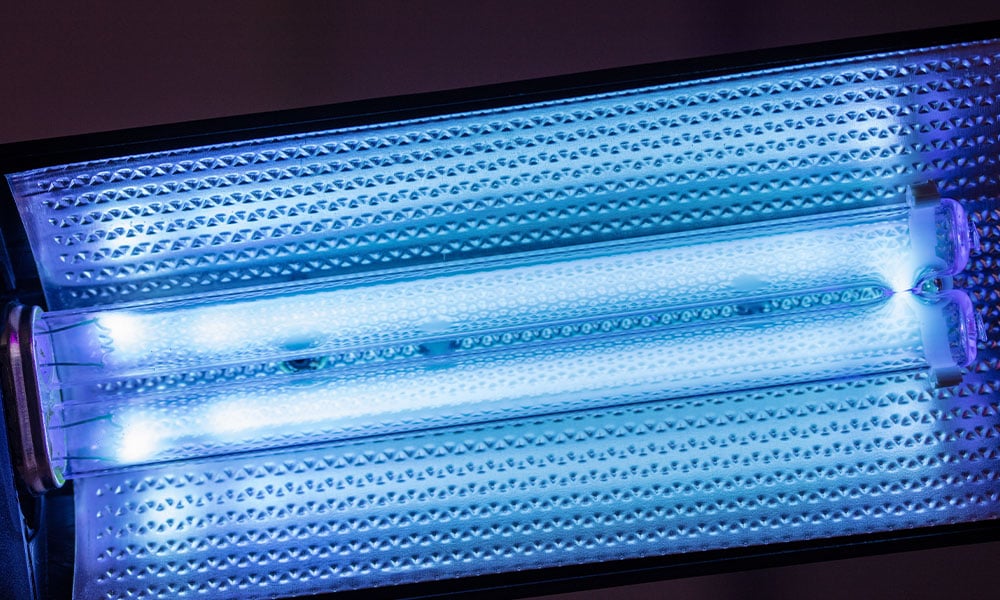
When I first started working in occupational health and safety, there still was the odd laboratory room that had the obsolete fixtures on the ceiling that used to hold Ultraviolet (UV) Radiation lights that were used to disinfect a room.
We still had a few biosafety cabinets with UV lights. The UV germicidal action was used to help decontaminate interior surfaces in the cabinet.
After researching the issue, I felt that the use of Ultraviolet (UV) Radiation germicidal lamps in Biological Safety Cabinets (BSC) should not be encouraged in laboratories. Any persons wishing to use the UV in the BSCs must receive training on the following safe work practices. Companies can use the following points in developing their safe work procedures.
Here are 18 points to consider if you still use UV lights in your BSC:
1. UV irradiation of the work area should only be used as a SECONDARY method of maintaining the disinfected status of a cabinet. NEVER rely on UV alone to disinfect a contaminated work area.
2. UV light is ineffective if a microbial cell is protected by dust, dirt, or organic matter. A liquid chemical disinfectant should be the primary method of cleaning and disinfecting the interior of a BSC.
3. UV light does not penetrate cracks or through the grill work of a cabinet. The spill area under the work surface of a cabinet is a favourite hideout for fungal spore and hardy bacteria. There are newer models of BSCs that have several cross-beam UV-C irradiators that increase the effectiveness of the lamp.
4. The intensity of the UV lamp is affected by the accumulation of dust and dirt on its surface.
5. Do not touch a UV bulb with your bare hands; the natural oils on your hand may leave a fingerprint and create dead space on the bulb’s surface.
6. UV bulbs must be cleaned frequently, by turning off the UV light and wiping off the surface of the room temperature bulb with 70% alcohol weekly.
7. The sash should be closed when the UV light is on.
8. The UV lamp should NEVER be on while an operator is working in the cabinet, or nearby.
9. Signage is REQUIRED on the front of the cabinet which indicates the presence of UV light hazards along with general usage and personal protection requirements.
10. The stainless-steel interior of the cabinet will reflect potentially hazardous illumination around the inside and out of the opening of the cabinet. UV lamps should be turned OFF while the room is occupied by other personnel.
11. UV exposure can cause damage to the cornea of the eyes; skin burns and skin cancer. This can exist well after the output of the lamps has dropped below the biocidal level.
12. The UV lamp should be tested with a UV meter to ensure that the proper intensity (40 microwatts/cm2) is being delivered at the appropriate wavelength (253.7nm) UV-C in the centre of the work surface.
13. Due to the mercury content of a UV lamp, it may be considered as hazardous waste in your jurisdiction.
14. UV lamps have lifespan ratings. Some are rated for 8000 hrs. Older models of BSCs had simple on/off switches or timers to control the use of the BSC (after work hours). The efficiency and effectiveness of the UV radiation was hard to control as the lamp aged. Newer models that have a UV compensation feature will increase the selected UV disinfection cycle time to compensate for the reduced lamp strength. These BSCs monitor the lamp output to let you know when it is time to change the lamp.
15. Workers must read and comply with the instructions in their BSC manufacturers manual on UV radiation lamp safe use and maintenance.
16. Companies must develop written Safe Work Procedures on operating a BSC with UV radiation. Workers must be trained on the procedures.
17. Safe Work procedures for using UV radiation in BSC should be reviewed yearly or anytime there are changes in the work relating to using UV radiation.
18. REMINDER - Cleaning and wipe disinfection are still the first line of defence to decontaminate a BSC.


